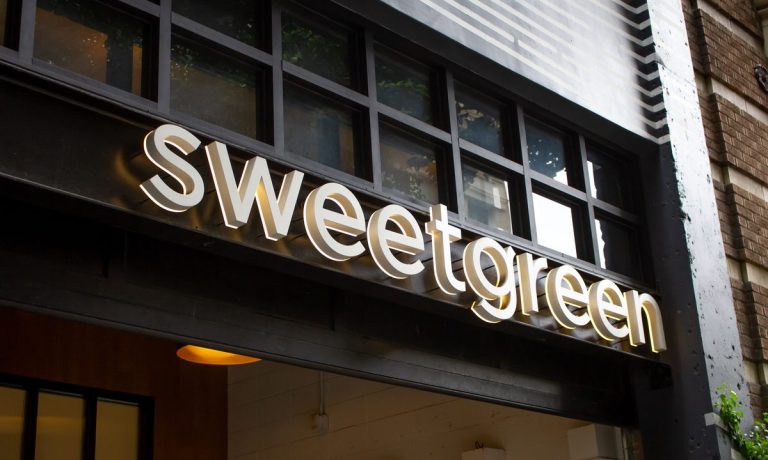Sweetgreen Revives Office Delivery Program as Consumers Return to In-Person Work

With many parts of the United States now lifting COVID-19-related restrictions, workers are going back to their offices. In a move to capture the return of the business lunch, health-focused fast-casual chain Sweetgreen is bringing back its Outpost program, The Wall Street Journal reported Wednesday (March 16).
Through the program, companies can set up pickup points in the office building for Sweetgreen orders, and employees can purchase a meal to be dropped off without paying for delivery. After putting the program largely on hold during 2020, the company resumed it earlier this month at 10 existing and 18 new delivery stations.
“That’s where we’re seeing a lot of growth today — more and more employers looking to use Outpost and subsidize it as a benefit in replacement of what they used to have as a chef and a full staff,” Sweetgreen Co-CEO and Co-founder Jonathan Neman told the news outlet.
Research from the February edition of PYMNTS’ The ConnectedEconomy™ Monthly Report: Working In The ‘Whenever, Wherever’ Office, which drew from a survey of a census-balanced panel of more than 3,200 United States consumers conducted in January, found that, by that point, 86% of participants worked in person at least some of the time. Specifically, 35% worked in-person only, and 51% work a mixture of both in-person and remotely. Younger workers — Generation Z members, millennials and bridge millennials — are especially likely to work in person at least some of the time.
Related news: Report: Remote is How Two-Thirds of US Professionals Now Work
This trend bodes well for services offering delivery to office workers, since these younger consumers are also more likely to order delivery than their older counterparts, according to research from PYMNTS’ October 2021 report The Digital Divide, Aggregators: The Cost Of Convenience, created in collaboration with Paytronix.
Read the full report: Digital Divide, Aggregators: The Cost of Convenience
The study, which is based on a September 2021 census-balanced survey of more than 2,200 U.S. adults, found that 17% of all consumers had used an aggregator to purchase from their favorite restaurants in the previous three months. However, that share jumps up to 24% for Gen Zers, 27% for millennials and 23% for bridge millennials.
Other food eCommerce businesses, meanwhile, are looking to capture the lunchtime spending of the 65% of consumers who work remotely at least some of the time. For instance, on Tuesday (March 15), HelloFresh-owned ready-to-eat meal delivery service Factor announced the launch of a program, Factor for Teams, whereby employers can purchase or subsidize meals for remote employees in bulk which will be delivered to their homes.
“With work environments having dramatically shifted over recent years, we’re excited to give employers digital benefits that fit their employees needs regardless of if they are working remotely or in the office,” Mike Apostal, CEO of Factor, said in a statement. “Whether employees miss in-office perks like catered meals, or are in need of quick, delicious lunch and dinner solutions that require no prep, Factor for Teams can help enhance workplace wellness benefits and build employee morale.”